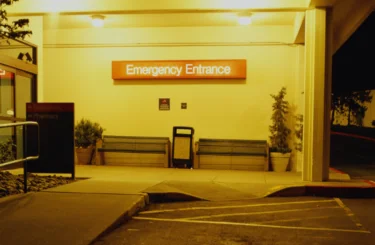
“Diagnosis Momentum”: An Early Mistake Can Make It Harder To See the Truth About a Patient’s Condition
Many patients diagnosed with a serious illness or condition by their physician seek a second opinion from a different doctor. They do so to get either a diagnosis that reaches a different conclusion or confirms the initial diagnosis. But in many cases, even when a second opinion isn’t sought, an initial diagnosis can take on a life of its own and influence the views and approaches of other treating physicians and health care professionals, even if it’s wrong and indicative of medical malpractice. This influence is called “diagnosis momentum” and can lead to unnecessary or harmful treatments based on misdiagnosis and the progression of the misdiagnosed and untreated condition.
Confirmation Bias
Diagnosis momentum is an example of confirmation bias. Not confined to the practice of medicine, confirmation bias is generally defined as a conscious or unconscious cognitive inclination to only seek, use, and rely on evidence supporting existing beliefs, opinions, and preconceptions while at the same time dismissing or minimizing contrary evidence.
Confirmation bias often manifests in a person’s choice of news and information sources, often the outlets that reflect the person’s preexisting beliefs about what is valid and important, while rejecting other sources that may present facts and evidence that undermine those beliefs. It can also be seen in law enforcement settings, where police who believe a suspect to be guilty will focus their interrogation on getting information to support their hypothesis, ignoring other evidence and increasing the likelihood of a false confession.
Initial Hypothesis Taken as Absolute Truth
In the practice of medicine, diagnosis momentum occurs when a diagnosis, once suggested or given, becomes accepted and passed on by other treaters, supporting subsequent healthcare evaluations and decisions with little analysis or skepticism of the underlying evidence for the diagnosis’ validity. The pressure to make a quick diagnosis and a lack of training or experience in considering alternative diagnoses can also contribute to diagnosis momentum.
This momentum decreases the likelihood of considering alternative reasons for a patient’s symptoms, transforming an initial diagnosis from an early hypothesis into accepted truth. When that early hypothesis is incorrect, diagnosis momentum leads to even more errors and delays in the patient’s treatment.
Preventing diagnosis momentum and the harm it causes patients requires affirmative steps by physicians and other providers. This includes actively seeking information that may counter the initial hypothesis, considering and eliminating other possibilities, and regularly reassessing a course of treatment as new evidence is presented.
Diagnosis momentum is just one contributor to the chronic problems of misdiagnosis and delayed diagnosis that harm and kill thousands of patients every year. If you believe a missed or delayed diagnosis caused you or a family member harm, the medical malpractice lawyers of Sommers Schwartz can thoroughly investigate the situation, uncover the truth, and pursue compensation for your losses.
Please contact the attorneys in Sommers Schwartz’s Medical Malpractice Litigation Group for a free consultation to review your case.
Richard L. Groffsky
Richard Groffsky focuses his practice on medical malpractice and personal injury litigation, and has represented victims of devastating brain injuries and birth injuries in Michigan, Ohio, Illinois, Indiana, South Carolina, and Georgia in significant brain injury and birth injury cases.





